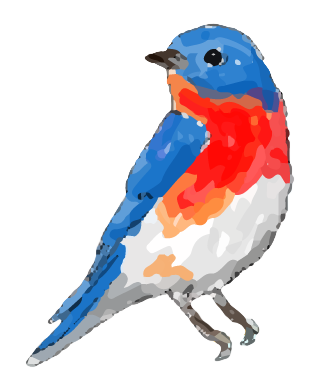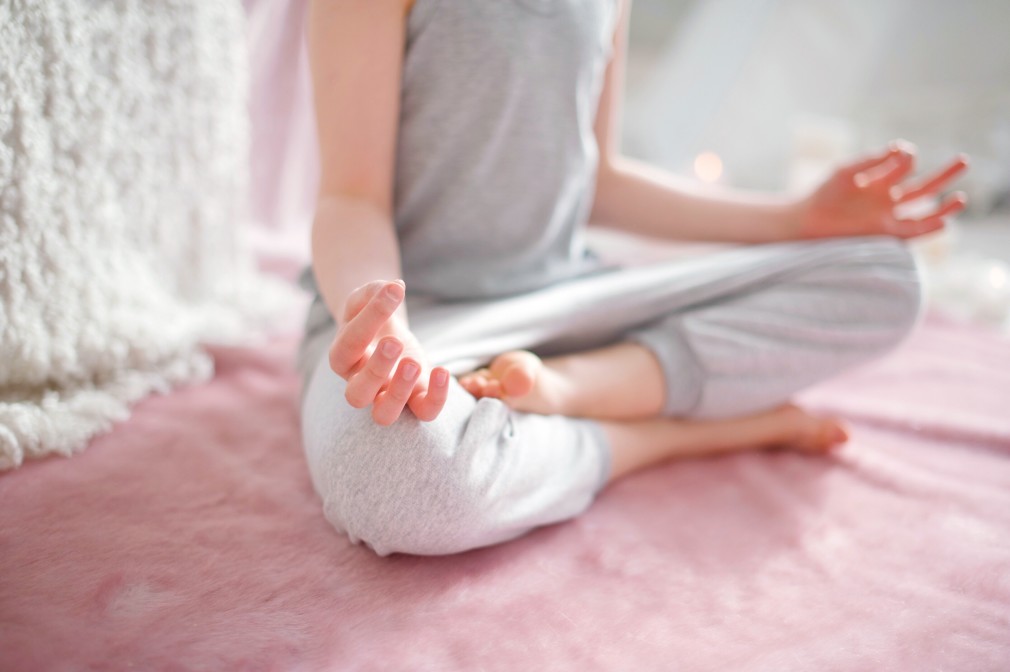Learning never gets old. The last few months I have been learning many new things about many subjects. I have practiced yoga for more than 20 years. Working toward yoga certification, opened many “new information doors” for me. Because I am interested in health topics, reading information about how our breathing piqued my interest. Yes, for those of you who do yoga practices, you already understand that breath is essential to a satisfying practice. What I’m talking about is some of the science in regard to the process of breathing. Most of us tend to breathe too shallowly. By this I mean in the upper part of our chest. We don’t breathe deeply unless we sigh or overexert. When we breathe shallowly, we take more breaths. These shallow breaths are a type of over breathing and results in a form of hyperventilation. This then creates more stress. This choppy and short breathing engages the part of our nervous system to jump into the flight or fight mode, thus pushing our stress levels higher by the release of adrenaline and cortisol. By taking short and frequent breaths, our heart must work harder to deliver oxygen throughout our body. We have heard many things about poor circulation in relation to poor health.
The most beneficial breathing comes from the base of the diaphragm. When you take a breath, focus on a long, deep breath. Try taking 7 seconds to fill your lungs and 7 seconds to empty them. This action alone relaxes the rest of your respiratory muscles and some neck muscles. This a calming effect. Another part of our nervous system takes charge from the stress system and allows our body to rest and to save energy.
The breath in yoga practice is as essential, or more so, than the actual body poses. Each pose is accompanied by either an inhale or an exhale. This breathing process help keep the focus on movement and calms the mind for balance and alignment. The breathing in yoga, referred to as pranayama [PRAAH-naah-YAAH-muh], (prana refers to the force behind life itself and yama refers to breath work) means to connect the mind and body.
There is an article published in the International Journal of Preventive Medicine (2012) that states regular yogic practice of deep, slow, nostril breathing produces a multitude of health benefits: balanced brain waves, reduced anxiety, healthier blood pressure, and improved physical appearance. (https://www.ucdavis.edu/news/mindfulness-meditation-associated-lower-stress-hormone )
How we breathe is a learned habit. Of course, we began life breathing. The stress we pick up along the way tightens our body. Our response is to move our resources, such as breathing process into an expediency mode. Expediency hurts the rest of our body. It takes away much of our joy in life.
There are many styles and techniques of pranayama practice. The most common are:
Deep Abdominal Breathing
Complete Yogic Breathing
Ujjayi [oo-JAAHY-ee] Breathing
To view a video clip which demonstrates, visit the web resource at www.HumanKinetics.com/InstructingHathaYoga
Happy breathing!

